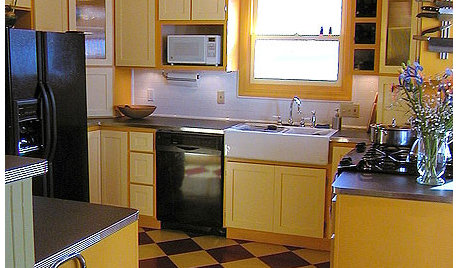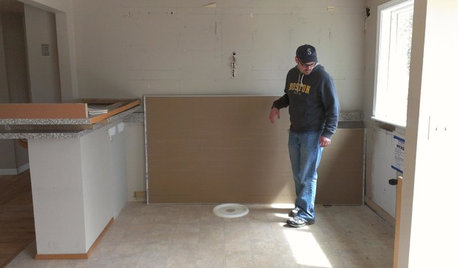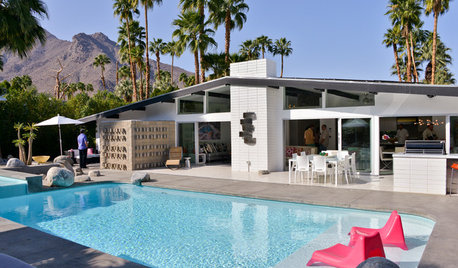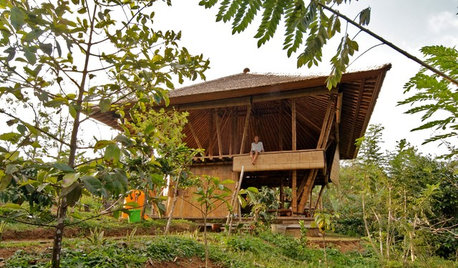22,000 open vs 21,000 btu sealed
imwishing
15 years ago
Related Stories

REMODELING GUIDESOne Guy Found a $175,000 Comic in His Wall. What Has Your Home Hidden?
Have you found a treasure, large or small, when remodeling your house? We want to see it!
Full Story
SMALL HOMES28 Great Homes Smaller Than 1,000 Square Feet
See how the right layout, furniture and mind-set can lead to comfortable living in any size of home
Full Story
KITCHEN DESIGNKitchen Remodel Costs: 3 Budgets, 3 Kitchens
What you can expect from a kitchen remodel with a budget from $20,000 to $100,000
Full Story
KITCHEN DESIGNStylish New Kitchen, Shoestring Budget: See the Process Start to Finish
For less than $13,000 total — and in 34 days — a hardworking family builds a kitchen to be proud of
Full Story
FEEL-GOOD HOME21 Ways to Waste Less at Home
Whether it's herbs rotting in the fridge or clothes that never get worn, most of us waste too much. Here are ways to make a change
Full Story
EVENTSModernism Week 2015 Opens in Palm Springs
The city’s 10th annual festival celebrates midcentury architecture and design. Here’s a look at what’s on view
Full Story
MOST POPULARMy Houzz: Open-Air Living in the Mountains of Bali
Community, jaw-dropping beauty and sustainability come together in a tropical paradise for a London expat
Full Story
SMALL HOMESMicrounits Are Coming to NYC. See the Winning Design
Say goodbye to only arm-and-a-leg Manhattan rents. This plan for small prefab units opens the door to more affordable housing
Full Story
REMODELING GUIDESWhat to Know Before You Tear Down That Wall
Great Home Projects: Opening up a room? Learn who to hire, what it’ll cost and how long it will take
Full Story
MOST POPULARWhat to Know About Adding a Deck
Want to increase your living space outside? Learn the requirements, costs and other considerations for building a deck
Full Story





sayde
imwishingOriginal Author
Related Professionals
Bonita Kitchen & Bathroom Designers · King of Prussia Kitchen & Bathroom Designers · Knoxville Kitchen & Bathroom Designers · Mount Prospect Kitchen & Bathroom Designers · Salmon Creek Kitchen & Bathroom Designers · Fullerton Kitchen & Bathroom Remodelers · Blasdell Kitchen & Bathroom Remodelers · Las Vegas Kitchen & Bathroom Remodelers · Lyons Kitchen & Bathroom Remodelers · Warren Kitchen & Bathroom Remodelers · Black Forest Cabinets & Cabinetry · Gaffney Cabinets & Cabinetry · Watauga Cabinets & Cabinetry · Boise Plumbers · Miller Place Plumbersblindstar
bbqbear
imwishingOriginal Author
weissman
mindstorm
imwishingOriginal Author
bbqbear
ya_think
breezy_2
mindstorm
joshzelo
imwishingOriginal Author
edlakin
imwishingOriginal Author
jeffreyem
ya_think
weissman
edlakin
cpovey
mindstorm
imwishingOriginal Author
breezy_2
imwishingOriginal Author
ya_think
imwishingOriginal Author
mindstorm
ya_think
imwishingOriginal Author
guadalupe
edlakin
ya_think
jakkom